How to Travel the US in an RV?
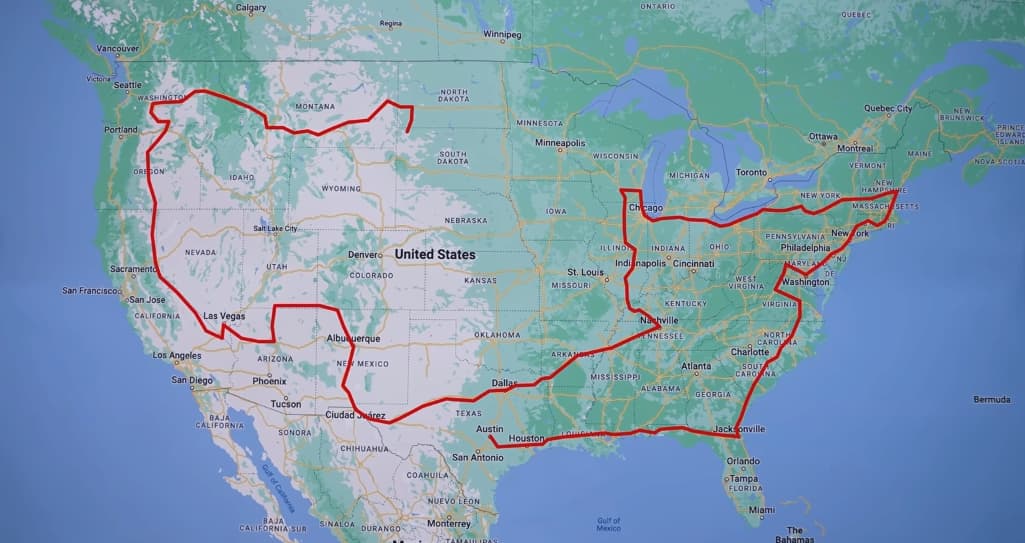
Are you interested in traveling to the United States, but don’t want to spend a fortune on hotels? Or maybe you just love the idea of being able to travel wherever you want, whenever you want? If so, then an RV may be the perfect option for you! In this blog post, we will discuss some tips on how to travel the US in an RV.
One of the great things about traveling in an RV is that you have the freedom to go wherever you want, whenever you want. You’re not tied down to any specific route or schedule, and you can take your time exploring each destination. That being said, there are still a few things you’ll need to keep in mind when planning your trip.
One of the most important things to consider when planning a trip in an RV is staying comfortable in all weather conditions. Having the right air conditioner is crucial for this, especially if you’re traveling during hot summer months. Check out the quietest RV air conditioner to ensure a peaceful and comfortable trip. Additionally, make sure to plan your route and stops ahead of time to make the most out of your trip.
We’ll cover everything from finding the right RV for your needs to preparing for your trip. So whether you’re a seasoned traveler or a first-time adventurer, read on for some essential advice on how to make the most of your road trip!
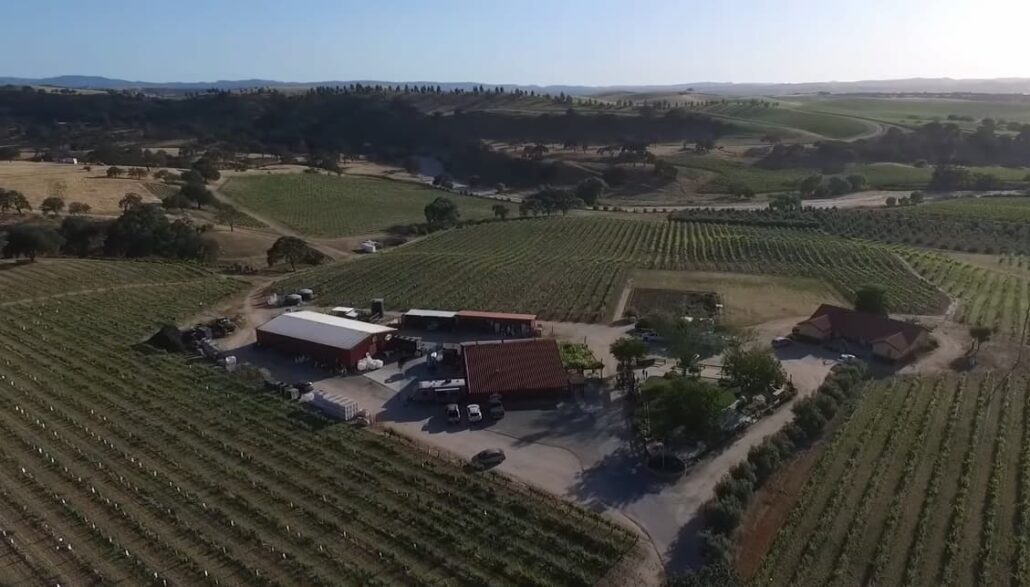
How Much Does It Cost to RV Across America?
The expense of traveling to the United States by RV varies significantly based on your situation. Factors such as whether you rent an RV or own one, whether you boondock or stay in campgrounds, your route and how quickly you travel, and the size of the vehicle all influence how much it costs to RV America.
Costs will differ depending on the mode of transportation you want to use, the activities you wish to perform, how many states you wish to see, and more. While rental RV expenses include a nightly charge that has to be paid upfront rather than depreciation value, you don’t have to buy an RV and lose out on depreciation value.
Driving in a motorhome is considerably easier than driving a car and can be done at higher speeds.
The RV’s optimum speed is typically between 15-25 mph (24-40 km/h) for optimum comfort, however, top speeds may be obtained with some modifications. What size rig do you need? Depending on the class of motorhome, it might go up to 7 mpg.
The cost of a camping site may appear to be substantial, but in reality, it is less than staying at a hotel or resort. The opportunity to boondock and stay in amazing locations for free makes it an excellent method to offset the expenses. Learning how to boondock might add another unique element to an RV journey across America by allowing you to spend a night or two in locations that most people do not get the opportunity to visit. For more tips and advice on camping and outdoor activities, check out the OutdoorProfy blog.
Renting an RV vs. Buying an RV in the United States
The cost of renting an RV in the United States varies depending on the type and size of vehicle you choose. Motorhomes can range from $50-$200 per night, while towable RVs like travel trailers and pop-ups start at around $75 per night.
The price also depends on the season; summer is typically more expensive than the shoulder or winter months.
If you’re planning to purchase an RV, there are a few things to consider before making such a large purchase. How much will you use it? Do you have storage for it when you’re not using it? Can you afford the upkeep and maintenance costs? Buying an RV is a significant investment, so be sure to do your research before making a decision.
There are pros and cons to both renting and buying an RV. It depends on your circumstances as to which option is best for you.
If you’re only planning to use an RV a few times per year, or if you don’t have the space to store one, then renting may be the way to go.
On the other hand, if you love camping and plan to use your RV frequently, then purchasing might be the better option in the long run.
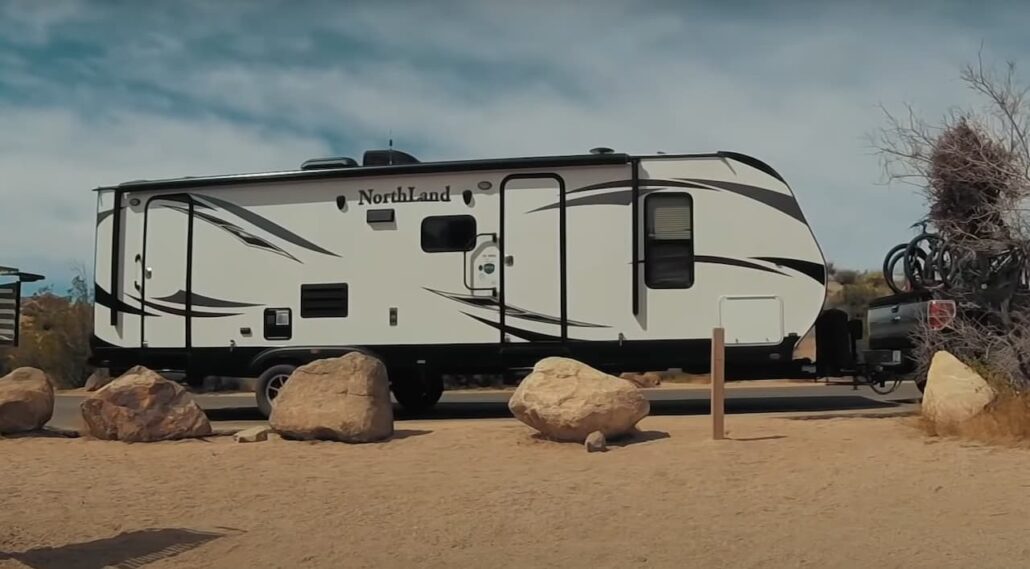
How Do I Plan an RV Trip Across America
Decide the Length of Your Trip
The first step is to decide how long you want your trip to last. Are you going on the road full-time or just for a while? The dates you select will also have an impact on your plans. Seasonal costs will fluctuate, and various deadlines may be set at different times of the year. You can schedule other things like stops, activities, and so on once you know how long your journey will take.
If you want to travel across America in an RV, you have to plan your route. You can’t just go where the wind takes you (though that sounds like a lot of fun). You need to consider things like what attractions you want to see, how long it will take to get from one place to another, and where you’ll stay overnight. Once you have a general idea of your route, you can start mapping out specific stops and campgrounds.
Plot Your Must-See Destinations
This will give you a loose itinerary to follow as you travel. Keep in mind that you don’t have to stick to this itinerary 100%. Some people like to plan their route around specific events or attractions. Others prefer to simply pick a general direction and go with the flow. There’s no right or wrong way to do it. Just figure out what style of planning works best for you and go from there.
Once you’ve got your list of destinations, start researching RV parks in the area. This will help you determine where to stay overnight while on the route. Make sure to book your reservations well, especially if you’re traveling during peak season.
Plan Your Route Financially
Once you have your route planned, it’s time to start saving money for your trip. Start by setting a budget and sticking to it. Cut back on unnecessary expenses like eating out or shopping and put that money into a savings account. If you can, start setting aside money each month to help offset the cost of your trip.
Another way to save money for your RV trip is to plan your route around free camping sites. Many websites list free or low-cost camping sites across the country. Planning your route around these sites can help you save hundreds of dollars on lodging costs.
Finally, don’t forget to factor in the fuel cost when budgeting for your trip. Fuel prices can fluctuate greatly depending on where you are in the country, so it’s important to keep an eye on gas prices and plan accordingly.
Preparing Food and Supplies for Your Trip
One of the great things about traveling in an RV is that you have the freedom to prepare your meals. This can be a great way to save money, as well as allow you to try new and different foods. However, it is important to make sure that you are prepared for mealtime before you hit the road.
Here are a few tips for preparing food and supplies for your trip:
- Plan ahead. Before you leave on your trip, take some time to plan out your meals. Decide what you will need for each meal, and make sure to pack enough food and supplies. It is also a good idea to create a grocery list so that you can easily find everything you need when you stop at a store;
- Bring non-perishable items. When traveling in an RV, you will likely be stopping at different campsites along the way. This means that you will not always have access to a refrigerator. To make sure that your food does not go bad, bring along plenty of non-perishable items such as canned goods, dried fruit, and granola bars;
- Pack a cooler. A cooler is essential for keeping your food fresh while on the road. Be sure to pack it with ice or frozen gel packs to keep everything cool. You can also use a cooler to store drinks and snacks for when you are feeling thirsty or hungry;
Preparing For The Breakdown
The last thing you want on your road trip is a breakdown, but it’s always best to be prepared. Before setting out on your journey, make sure to get your RV serviced and inspect it thoroughly. Also, pack an emergency kit with essential items like tools, flares, and first-aid supplies. This way, if you run into trouble, you’ll be able to fix the problem or quickly tend to any injuries.
Another important prep step is getting travel insurance for your RV. This will protect you financially in case of an accident or other unexpected events. Make sure to read the policy carefully so that you know what’s covered and what isn’t.
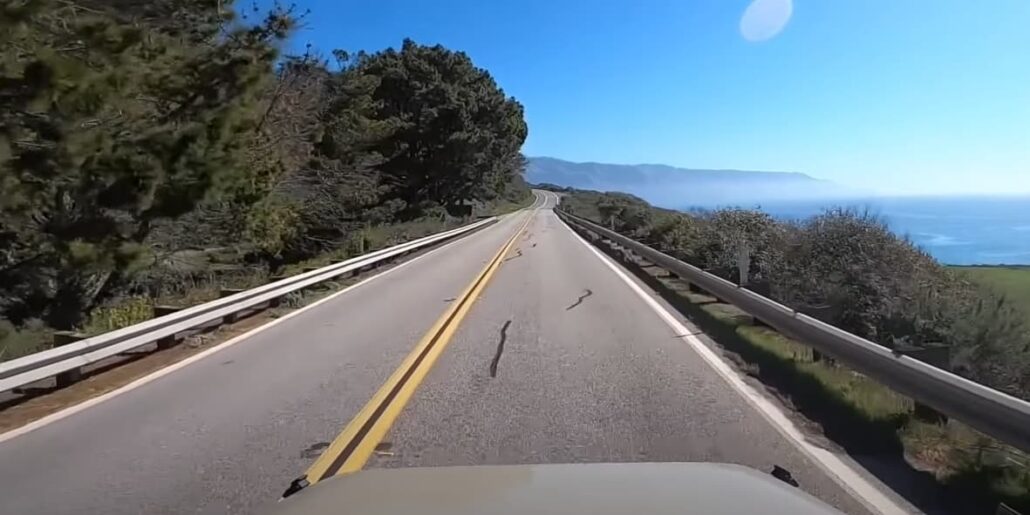
Think About Your Hygiene and Comfort On The Road
When you travel in an RV, you will be living in close quarters with your travel companions. This means that it is important to think about your hygiene and comfort on the road. You will want to make sure that you have a plan for keeping yourself clean and comfortable while you are traveling.
One way to do this is to make sure that you pack all of the necessary toiletries and hygiene products that you need for your trip. This includes items like soap, shampoo, toothpaste, and deodorant. You may also want to pack some extra towels and washcloths so that you can keep yourself clean on the road.
Another way to ensure your comfort on the road is to pack some cozy clothing items. This includes items like sweatshirts, sweatpants, and pajamas. You will also want to make sure that you pack some extra blankets and pillows so that you can stay warm on the road.
FAQ
How much does it cost to travel around the US in an RV?
The cost of travel will depend on the size and type of RV you choose, as well as how much time you plan to spend on the road. A small RV can cost as little as $50 per day, while a larger RV can cost up to $500 per day.
To get an idea of how much it would cost to travel around the US in an RV, we’ve put together a sample budget for a family of four traveling for one month:
- RV rental – $4000;
- Fuel – $2000;
- Food – $3000;
- Entertainment – $1000;
- Total – $10000;
Of course, your actual costs will vary depending on your specific situation.
How do I RV around the US?
There are a few ways to travel the US in an RV. You can either buy an RV, rent an RV, or borrow one from a friend or family member.
If you’re not sure which option is best for you, here’s a breakdown of each:
- Buying an RV is a great option if you plan on doing a lot of traveling. RVs can range in price from $500 to $250,000, so there’s one that will fit your budget. However, keep in mind that RVs require regular maintenance and repairs, so it’s important to factor those costs into your budget as well;
- Renting an RV is a great option if you’re not sure if RVing is right for you or if you don’t plan on doing a lot of traveling. RVs can be rented by the day, week, or month, and they typically range in price from $50 to $200 per day;
- Borrowing an RV is a great option if you have a friend or family member who owns one. This way, you can try out RVing without having to invest yourself. Just make sure to factor in the cost of gas and repairs when budgeting for your trip;
Is it safe to travel to the USA in an RV?
The short answer is yes, it is safe to travel to the USA in an RV. The country has a wide variety of landscapes and attractions that make it a great place to explore by RV. However, there are a few things you should keep in mind when planning your trip.
Here are a few tips for traveling the US in an RV:
- Research the route you want to take before setting out. This will help you avoid areas that may be unsafe or where conditions are not ideal for RVs;
- Make sure your vehicle is in good condition before embarking on your journey. This includes getting regular maintenance checkups and ensuring that all your safety equipment is up to date;
- Be prepared for weather changes. The US can have extreme weather conditions, so it’s important to be prepared for anything;
- Have a plan for where you will stay each night. This includes making reservations at campgrounds or RV parks in advance;
Can you travel the world in an RV?
The United States is a big country, and there are many different ways to see it. You can fly from coast to coast, or you can drive cross-country in an RV. Traveling by RV has become increasingly popular in recent years, and for good reason. RVs offer travelers the opportunity to see the country at their own pace and with all the comforts of home.
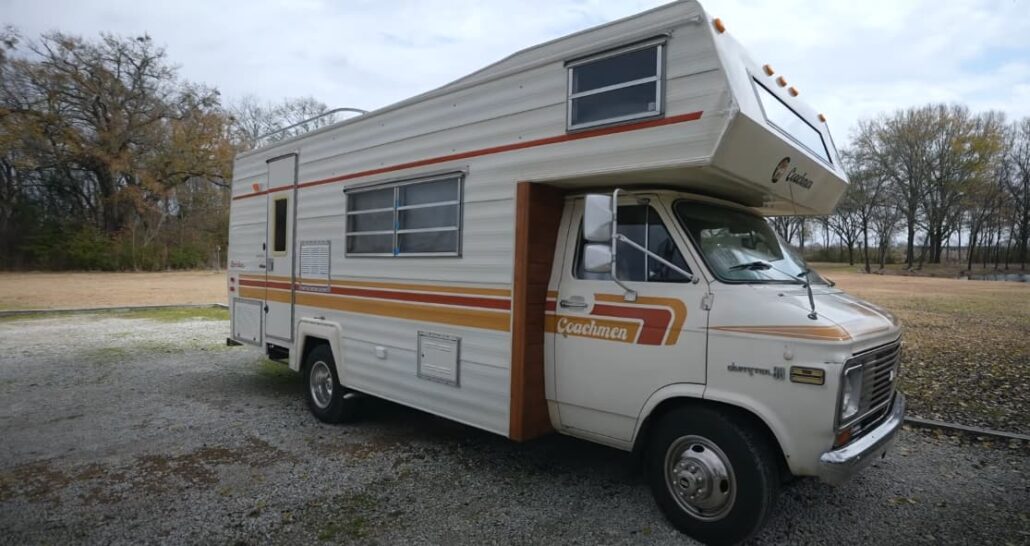
How long would it take to travel to the US in an RV?
The trip would take approximately two months. This includes time for sightseeing and making short stops in each state.
The average person drives about 550 miles per day. This number will be different based on the RV you have, weather conditions, and road conditions.
If you plan on driving through all 48 contiguous states, you’ll need to account for about 12,000 miles. You can easily add a few thousand more miles if you include Alaska or Hawaii in your trip.
It takes about six eight-hour days to drive coast-to-coast, which comes out to 45 hours, or six 8-hour days. You’ll have to decide whether you want to use one of four coast-to-coast interstate highways or go old school on US highways.
Of course, this is just a rough estimate. Your actual mileage may vary depending on your route and how often you stop to sightsee or explore along the way.
How much gas does it take to drive an RV across the country?
The amount of gas you’ll need to drive an RV across the country will depend on the size and type of your vehicle, as well as your driving habits. A good rule of thumb is to budget for about $200 per week in gas. This will give you a rough estimate of how much you’ll need to spend on fuel for your trip.
